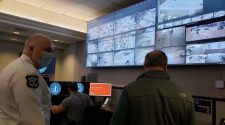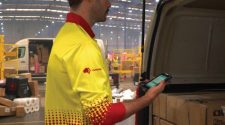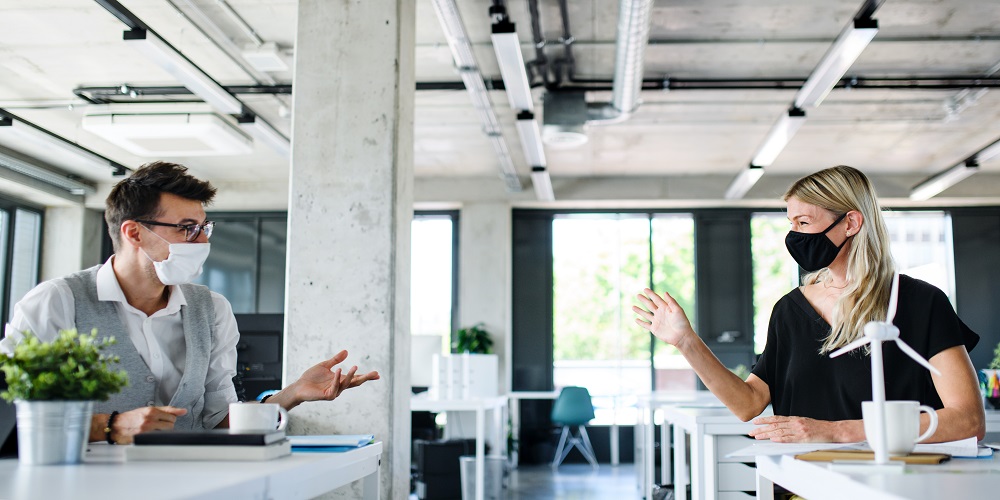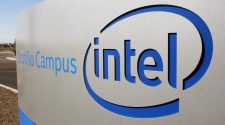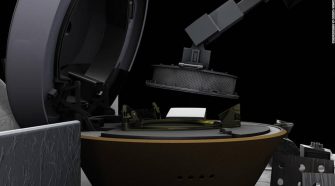COVID-19 has shaken up the world, creating a “new normal” that has changed the way corporations across the globe conduct business—and will conduct business in the future.
The focus in the months before the coronavirus outbreak was how AV technologies can make working remotely more efficient. However, as many begin to return to the workplace, the challenge is to ensure the safety of all employees.
Corporations are looking to utilize the newest technologies available so their employees feel both confident and comfortable upon returning to the office. Here’s a closer look at some of these new technologies and where they might fit in your return to work—or that of your customers:
Sensors
Even though we all know how important maintaining proper distance is, sometimes people forget. A simple reminder can help ensure that everyone keeps their work area and distance from another at a proper safety.
Related: My TechDecisions Podcast Episode 91: Navigating the Sea of Videoconferencing Applications
Over the last several months, many start-up companies have developed sensors to assist companies in ensuring proper safety protocols are being followed within the workplace. These sensors assist in occupancy monitoring and will send real-time notifications regarding occupancy, to ensure compliance of safe capacities.
Sanitizing Control Software
A new software just developed can provide what rooms and furniture have been cleaned and sanitized, as well as the time it was last cleaned. For example, if the conference room was just used and another conference is about to begin, the software will send an alert if the room has yet to be sanitized.
Thermal Screening
All employees who enter a building can now automatically have their temperature read through the use of Thermal screening technology. Thermal screening technology, also known as infrared or thermal imaging cameras, can detect body and object heat temperatures.
The thermal technology enables contactless temperature checks. which can detect an abnormal temperature outside the designated range and then alert managers if additional actions are necessary.
Contact Tracing
Contact tracing technologies have been developed to measure and monitor workplace exposures through contact-tracing reports. This new technology can identify the individual and the interactions they had as well the time and duration of each interaction.
All of this data can be collected is collected through an app. Having this data allows employers to keep records of all encounters.
So, if someone tests positive for COVID-19, employers can use this data to find other employees who were close enough to that person to be at risk of infection. These employees will then be notified and urged to self-isolate.
No-Touch Control Interfaces
Buttons, door handles, or anything that could become a hot point of contact among workers needs to be avoided. In attempts to resolve this, low-touch and/or no-touch technology innovations have been developed.
Other existing technology—such as motion sensors on lights, doors, drawers and elevators—have become increasingly popular and should be installed throughout the workspace.
Returning to work following the pandemic will present more than a few challenges. Employee, customer, and visitor safety are at the forefront of companies’ plans, with new measures being taken to help prevent further COVID-19 spread.
Utilizing some of these latest AV technologies can help companies meet the necessary requirements while easing employees’ transition in adjusting to the new normal.

